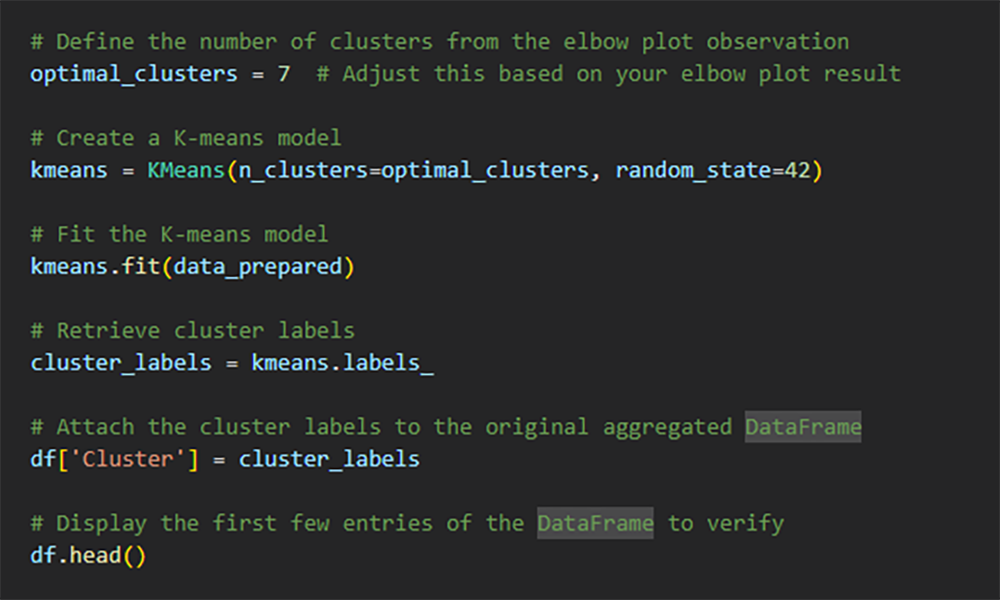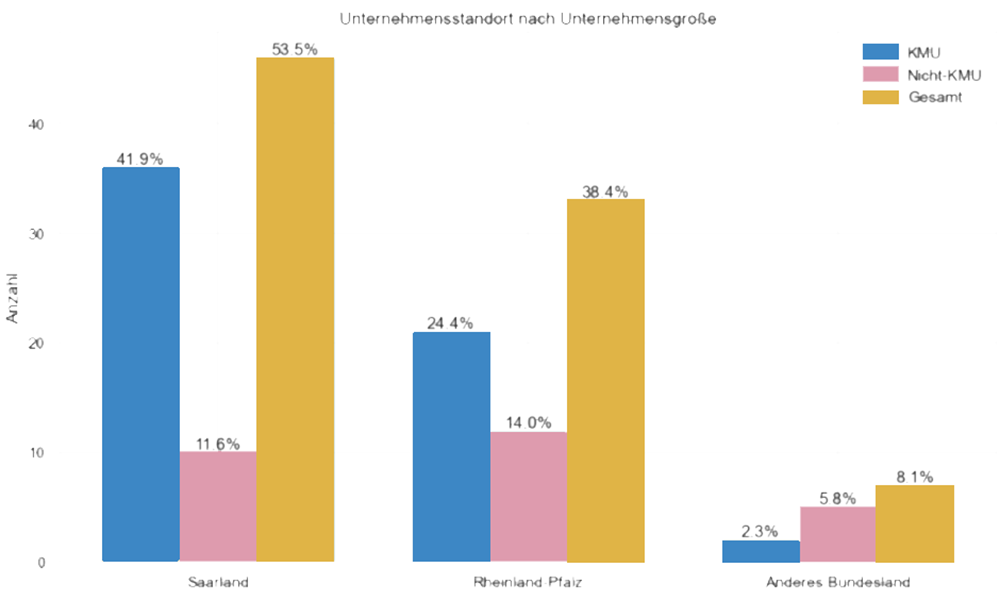
©Adobe Stock/396126303
AI-based data analytics for distribution and marketing
CHALLENGE #1
Data quality:
The existing data in the ERP system has grown historically over a long period of time and presents weaknesses that need to be addressed.
CHALLENGE #2
Different data sources:
The different data sources to be merged have different characteristics.
CHALLENGE #3
Selection of appropriate analytical methods:
Add selected AI-based methods of analysis to provide new perspectives on the data.
About the project
Project objectives
The WALTER Media calendar publisher regularly carries out analyses of its contract data in the ERP system. The project should answer the question whether there are synergies between ERP data and other data sources and whether they can be merged. The aim is to generate potentially valuable new insights that can serve as a basis for strategic decisions. The central question is: What additional insights and information can be gained from the combination of ERP data with other data sources and their exploitation using AI algorithms?
The systematic analysis and integration of data sources should enable calendar publishers to develop more accurate analysis of target groups and optimised marketing strategies. In addition, the enhanced data analytics will help establish more efficient business processes and make decision-making on a broader data base.
Another important aspect of the project is the evaluation of the practical benefits of the enhanced data analysis for the operational business. It examines what concrete actions and strategies can be derived from the new findings.
Baseline
Calendarverlag is an undertaking operating throughout Germany which distributes general advertising products. In recent years, the company has increasingly used modern technologies to optimise its business processes, with a focus on the use of data analytics.
Currently, the calendar publisher uses the ERP system to document customer and distribution information. Regular analyses of contract data are carried out using the ERP system. This collects order and customer data as a basis for making informed decisions.
The analyses carried out so far with the ERP tool provide good results but only a certain perspective on existing data. Therefore, management is interested in exploring and combining synergies between the different data sources in order to obtain deeper and more comprehensive insights.
The project aims to systematically analyse the different data sources and exploit possible synergies to identify clusters of similar customers using AI. It examines the extent to which the data are compatible with each other and how they can be integrated to allow for enhanced analysis. By combining ERP data with external sources, the publisher hopes to identify patterns and trends that have so far remained undetected.
Key issues in the project
- Is the data usable in the ERP?
- Does the data from the external system provide additional information?
- Does AI-enabled analytics provide additional insights and, if so, what recommendations can be derived from them?
©Adobe Stock
DESCRIPTION OF COMPANY
Approach
Our aim was to gain a comprehensive insight into the datasets, to improve data quality through advanced analytical techniques and to derive valuable recommendations for similar customers. To this end, a systematic approach has been taken with several coordinated steps.
1. First, the three existing data sets were checked in detail for completeness, consistency and relevance, identifying and documenting missing or inconsistent data. The datasets were then merged and duplicated features removed to avoid redundancy and ensure data consistency.
2. After integration, incomplete data points were removed according to defined criteria to use only data with sufficient information density. The adjusted data has been normalised and transformed into a format that facilitates the application of AI algorithms.
3- For data analytics, various AI algorithms were evaluated. Based on the data structure and the analytical objectives, K-Means clustering was selected. The algorithm was used to identify patterns, group similar customers and draw sound recommendations on this basis.
4. The analysis made it possible to derive specific recommendations tailored to customers’ needs, including suggestions for optimising marketing strategies and customer interactions. All steps, methods and results have been fully documented to ensure internal traceability.
Result of the project
The systematic integration and analysis of the different data sources successfully addressed the key issues of the project:
Usability of ERP data: Despite historical weaknesses in the ERP system’s data, the data could be used effectively after careful adjustment. The examination of completeness, consistency and relevance, as well as the correction of redundancies, provided a reliable basis for further analysis.
Added value from external data sources: The integration of external sales data provided valuable additional information. The combination with ERP data allowed deeper insights into customer behaviour and market trends, and revealed patterns and synergies that have not been identified so far.
Additional intelligence from AI-based analytics: The use of AI algorithms, in particular K-Means Clustering, led to new, sound evidence. Different customer groups have been identified that differ in their purchasing behaviour and needs. On the basis of these clusters, targeted marketing strategies and distribution activities can be developed.
The results of the project clearly show the benefits of combining different data sources and applying AI methodologies for strategic decisions. It is appropriate to conduct such analyses on a regular basis in order to continuously acquire new knowledge and to be able to respond flexibly to market changes. This helps calendar publishers to remain competitive and to achieve their business objectives more efficiently.
Main lessons learned from the project
In cooperation with:





